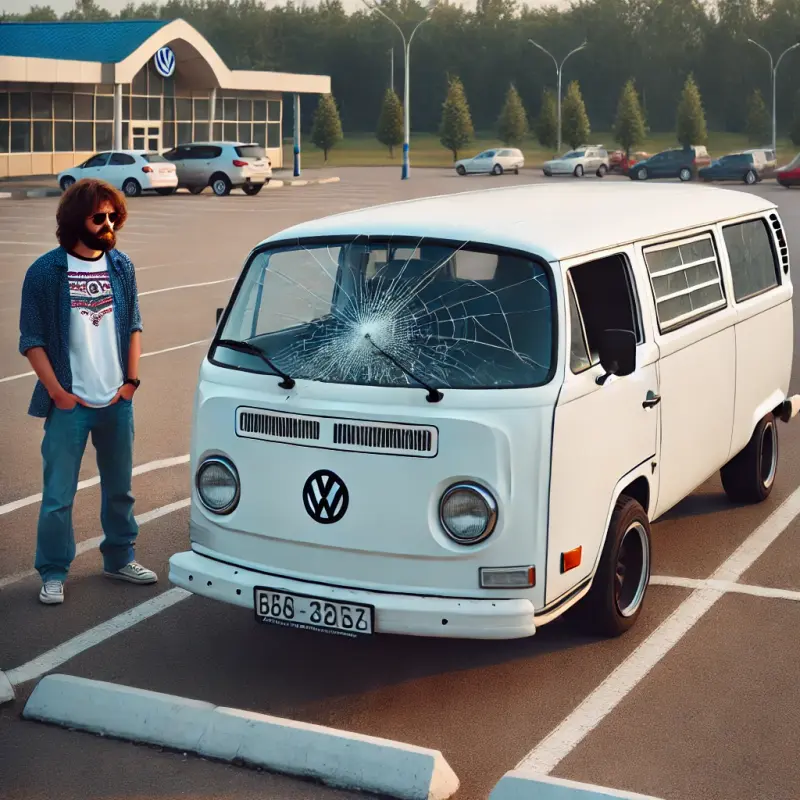Introduction
When it comes to automotive safety, few components play as critical a role as auto glass. From windshields to side windows, the materials and technologies that make up these essential parts have evolved dramatically over the years. As we venture deeper into the 21st century, innovations in auto glass are not just about aesthetics; they encompass safety, durability, and even tech integration. In this article, we will explore the latest advancements in the auto glass industry, focusing on what’s new and exciting.
Why Should You Care About Innovations in Auto Glass?
Have you ever considered how much technology has changed since you first learned to drive? With every Summerfield NC Auto Glass Replacement passing year, advancements aim to enhance safety, improve visibility, and increase comfort. So why should innovations in auto glass matter to you? Because your safety and driving experience hinge on these developments! Whether you're looking for auto glass replacement or simply want to understand what's out there, this comprehensive guide has got you covered.
Auto Glass Replacement: The Basics
What Is Auto Glass Replacement?
Auto glass replacement refers to the process of removing damaged or worn-out glass from a vehicle and replacing it with new material. This can include windshields, side windows, and rear windows. It’s essential for maintaining your vehicle's structural integrity and ensuring optimal visibility while driving.
Why Is Auto Glass Replacement Important?
- Safety: Cracks or chips can obstruct your view and compromise the vehicle's structural stability. Legal Compliance: Driving with damaged glass can lead to fines or penalties. Aesthetic Value: A clear windshield improves the overall appearance of your car.
How Is Auto Glass Replaced?
Assessment: Professionals examine the damage. Removal: The existing glass is carefully taken out. Installation: New glass is fitted using special adhesives. Sealing: Ensures no leaks occur.Innovations in Auto Glass: What’s New in the Industry?
Advanced Materials
Laminated vs. Tempered Glass
The two primary types of auto glass are laminated and tempered:
- Laminated Glass: Often used for windshields, consists of two layers of glass with a plastic interlayer that holds them together upon impact. Tempered Glass: Commonly used for side windows, this type is heat-treated to be stronger but shatters into small pieces when broken.
New Composites
Innovators are now experimenting with composite materials that offer greater strength while being lighter than traditional options. This could potentially enhance fuel efficiency without sacrificing safety.
Smart Windshields: The Future Is Here
Heads-Up Displays (HUD)
Imagine a windshield that projects information directly onto its surface—a heads-up display (HUD). These displays can show speed limits, navigation directions, and alerts all without diverting your attention from the road.
Integrated Sensors
Modern windshields are being designed with integrated sensors for lane departure warnings, rain detection systems, and even collision avoidance features. These technologies aim to create a more interactive driving experience.
Tech Integration: More Than Just Safety Features
Augmented Reality (AR)
AR technology is making its way into vehicles through smart windshields that overlay useful data on top of real-world views—think GPS directions appearing right on your line of sight!
Connectivity Features
With IoT (Internet of Things) integration becoming more prevalent, expect future models equipped with Wi-Fi hotspots and real-time diagnostics displayed through your windshield interface.
Durability Improvements
Scratch-Resistant Coatings
In an era where scratches can ruin visibility—and ultimately your driving experience—new coatings promise enhanced scratch resistance while maintaining clarity.
Self-Healing Technology
Some manufacturers are exploring self-healing polymers capable of closing small cracks automatically! Imagine not needing an immediate auto glass replacement because minor damage repairs itself!
Sustainability Efforts in Auto Glass Manufacturing
Recycled Materials
Eco-conscious manufacturers are now incorporating recycled materials into their production processes. This innovation helps reduce waste while maintaining high-quality standards.
Energy-Efficient Production Techniques
Advancements in manufacturing technology have led to energy-efficient methods that minimize carbon footprints during production—an essential step towards sustainability!
Smart Adhesives: The Glue That Holds It Together
Evolution of Adhesive Technologies
Gone are the days when simple glue sufficed! Modern adhesives offer quick curing times along with superior bonding capabilities—crucial for ensuring that your newly installed auto glass remains secure over time.
Challenges Facing Innovations in Auto Glass
Cost Considerations
While new technologies bring numerous benefits, they often come at a higher price point. Consumers may need education on why investing more initially saves money down the line due to improved durability and reduced maintenance costs.
Regulatory Hurdles
New technologies must navigate complex regulatory landscapes before they hit the market—this can slow down widespread adoption despite consumer demand!
Trends Shaping Future Innovations
Autonomous Vehicles
As autonomous vehicles gain traction, innovations surrounding auto glass will undoubtedly evolve—think about incorporating sensors that assist AI systems in controlling vehicle movements!
Customization Options
With rising consumer demand for personalization across all aspects of life—including vehicles—expect more customizable options for auto glass styles and functionalities!
FAQs About Innovations in Auto Glass
1. What types of auto glass are available for replacement?
There are primarily two types: laminated (for windshields) and tempered (for side/rear windows).
2. How often should I replace my auto glass?
It depends on wear-and-tear factors; however, any damage visible outside warrants immediate inspection by professionals.
3. What advancements have been made regarding windshield technology?

4. Is there a sustainable option for auto glass replacements?
Yes! Some manufacturers incorporate recycled materials & energy-efficient production techniques during their manufacturing processes.
5. Can I install my own windshield?
While it's possible DIY enthusiasts might do so; hiring professionals ensures correct installation & adherence to safety standards!
6. What role does adhesive play in auto-glass installation?
Adhesive bonds securely hold new pieces ensuring structural integrity while providing resistance against external elements like weather changes!
Conclusion
The innovations occurring within the realm of automotive glass reflect broader trends towards safety enhancement through technology integration while prioritizing sustainability efforts alongside consumer desires for customization—all vital ingredients shaping tomorrow’s driving experiences! So next time you think about getting an auto-glass replacement or upgrading your vehicle's features remember—it’s an opportunity not just for repair but also one heckuva leap into modernity!